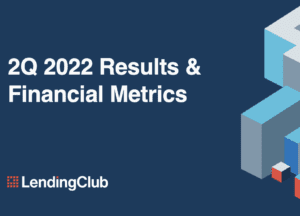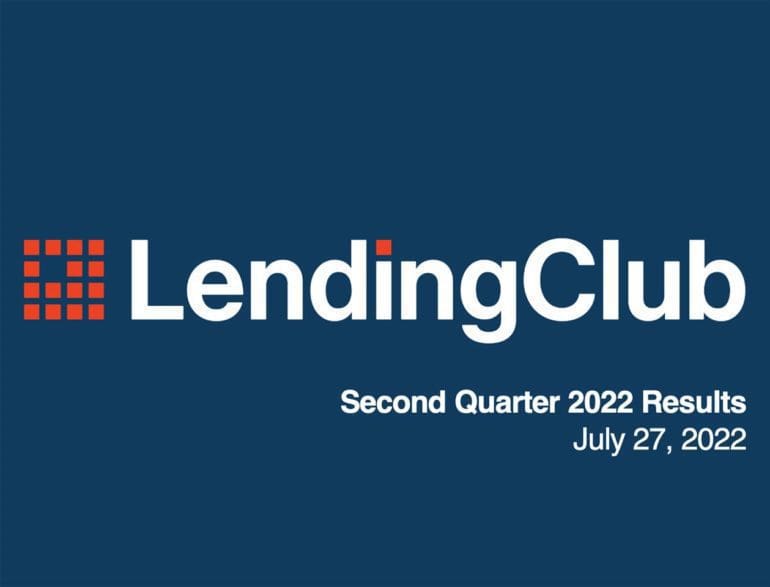LendingClub announced Q2 2022 results Wednesday, showing a firm resistance in the face of turbulent markets that sent the stock price up after hours.
They posted revenue of $330.1 million, which grew 61% year-over-year, which the firm’s analyst attributed to net interest income and marketplace revenue growth.

Net interest income rose 153% yearly to $116.2 million. The bank’s net interest margin expanded to 8.7% from 5.5% a year earlier, primarily reflecting growth in consumer loans which generate a higher yield.
Total loans held for investment excluding PPP grew 106% from June 30, 2021, which they attributed to growth in personal loan originations. The percentage of originations held for investment rose 27% from 20% in 2021.
Marketplace revenue was $206.4 million and rose 36% year-over-year. Deposits increased 78% to $4.5 billion since June 30, 2021.
Sanborn said as much at USA 2022
On the Fintech Nexus Keynote stage in NYC this May, CEO Scott Sanborn said that despite the doggy market and recession-looking stock prices, things were still strong for LendingClub.
He said the recent volatility does not shake up the relatively healthy consumer debt levels facing housing, healthcare, education, and other expenses.

“You’re seeing that government support has subsided, and cost of living has been going up and outpacing wages (which have thankfully started to move,)” Sanborn said. “You are already seeing that, especially in more vulnerable parts of the population, kind of back to where they were pre-pandemic.”
LendingClub’s resilience is in the original founding presence: offering the average American consumer products that help them improve their financial standing.
Sanborn said they built the firm on going to consumers to help them pay off their credit card balances. About half of Americans carry credit card balances, and to them, it is “effectively a loan, and a crappy loan.” If credit card rates and balances go up, LendingClub’s business gets better.
“Our primary use case we built the business around was going to consumers who have credit card debt, and saying ‘hey, do this instead, we’ll lower your costs pretty significantly, by about 400 basis points,” Sanborn said. “For us, the growth of credit card balances is a tailwind for our business because it means there are more people we can help.”


